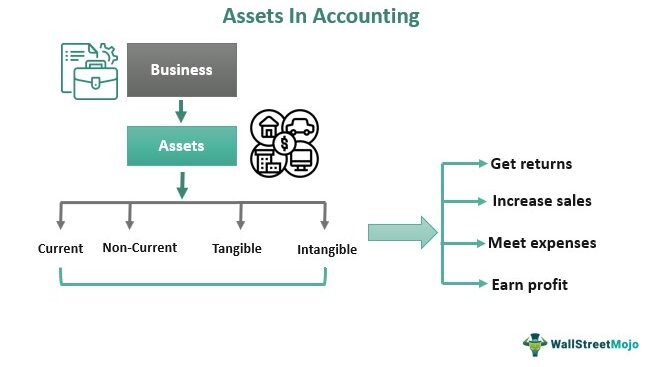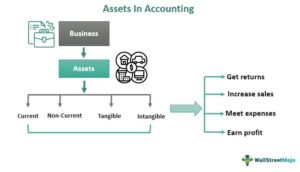What is Security?
Guarantee (frequently alluded to as guarantee security) happens when a borrower promises a resource for a bank on the side of a credit demand.
If a credit cannot be reimbursed or renegotiated, a moneylender might take action against the borrower’s resources to recover the extraordinary credit head and gather revenue.
While some assets are “intangible assets” (such as intellectual property or customer lists), others are “physical things” like vehicles, inventory, or real estate.
Understanding Collateral Quality:
A few approaches to “quality” in collateral exist. Depending on whether a moneylender is thinking about current or non-current resources, these may change somewhat.
Current Resources
Guarantee quality might be surveyed given a resource’s liquidity—meaning how effectively it may be converted into cash. Generally, the nearer a resource appears to the highest point of an organization’s monetary record, the more fluid it is.
Since it is already cash, cash ranks highest, followed by inventory, accounts receivable, and short-term investments. Naturally, these are current assets that should be exchanged for money within a year.
Non-Current Resources
For non-current resources (like property, plant, and hardware), security quality can be estimated halfway, given their condition. For instance, are we discussing a moderately new land resource that has never been rented, or is it a 5-year-old compound holding tank presented to a winter climate and presently oxidized and corroded? The former should be in better “condition” than the last option.
All Resources
Guarantee “quality,” be that as it may, can likewise be surveyed given the resource’s general attractiveness. As collateral security, some assets are naturally much more desirable than others.
More desirable assets are more accessible to cash out than less desirable ones. While attractiveness is emotional (and liable to market influences), there are a few general aspects against which a resource might be estimated.
A supportive structure for this is the Pole.
Marketable, Ascertainable, Stable, and Transferrable (MAST) is the acronym for the MAST Framework. Resources (current or non-current) that score profoundly against some (of) these measures will generally be viewed as much greater security.
- Attractive
Attractive resources are resources that different gatherings need. To put it another way, there is a busy secondary market. Licensed innovation may need improved security since it’s just significant in possessing a supervisory crew that can adapt it. Then again, genuine property has a highly dynamic optional market and is often considered substantially more alluring as security.
- Ascertainable
The ascertainable inquiry is posed because it is so natural to comprehend the reasonably estimated worth of the resources. Stocks and securities, for instance, are set apart to showcase continuously during exchanging hours and, thus, would score profoundly against this aspect. Then again, the market worth of compelling artwork or adornments is exceptionally emotional and substantially more challenging.
- Stable
The next question is how stable an asset’s value will remain throughout the credit exposure, assuming its value can be determined as previously stated. Good collateral either keeps its value well over time or, at the very least, depreciates at an easy-to-predict rate.
While stocks are indeed ascertainable, they are not guaranteed stability (which is why we see edge calls). On the other hand, manufacturing equipment typically depreciates at a relatively predictable rate, and credit is generally structured so that the loan exposure decreases in tandem with the collateral value’s decline.
- Transferrable
How much of a resource’s title is adaptable should likewise be considered. Dozers and dump trucks are examples of “yellow iron,” which typically have a thriving secondary market and a predictable depreciation rate. Even so, if the borrower is a mining organization and the site where the resources are found is on another landmass and in a far-off region, truly repossessing and moving the title of those resources could be undeniably challenging and pricey.
Business land can, then, be dispossessed, and the title can be moved with a straightforward lien release followed by reregistration with the neighborhood land title office.
Top of Form


